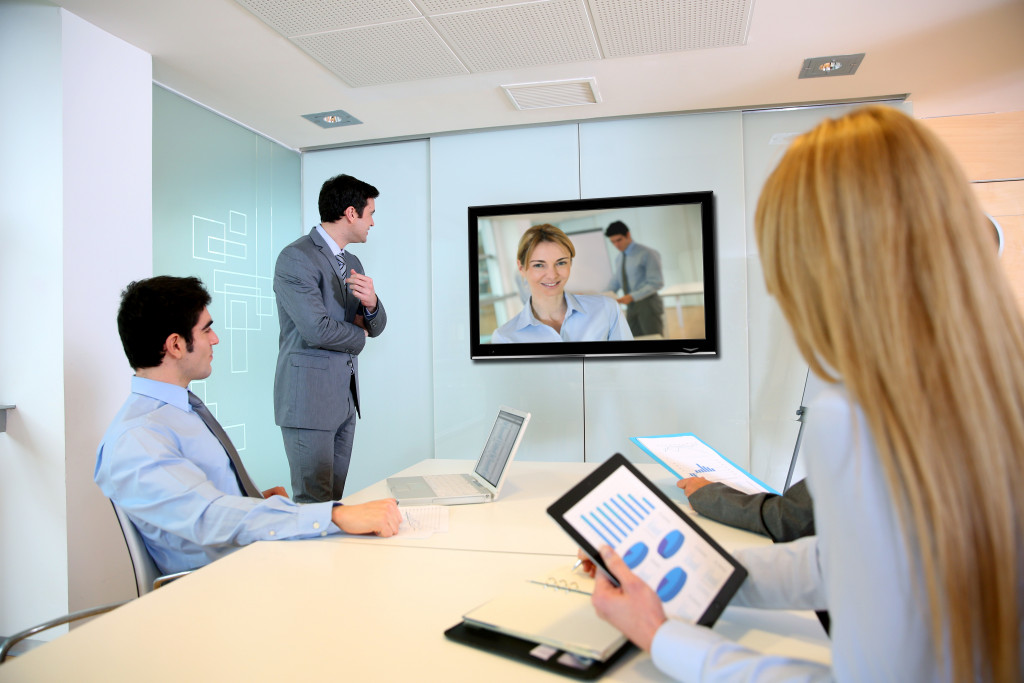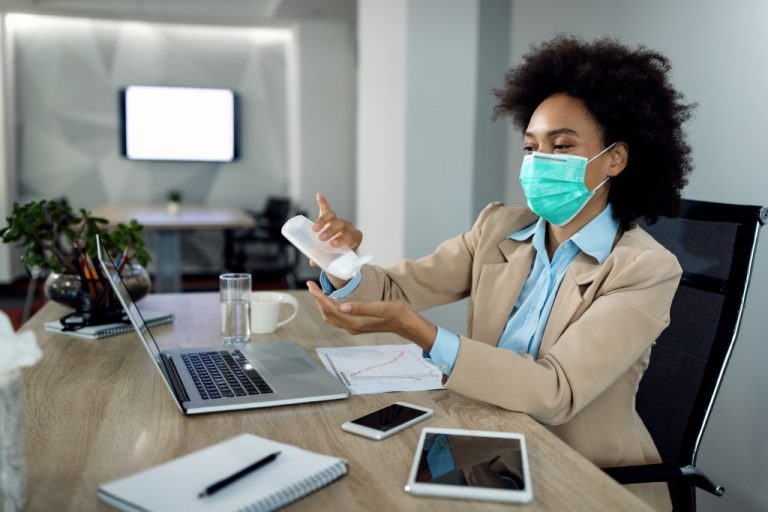It’s not an exaggeration to say that the COVID-19 pandemic has completely upended the workplace culture. From when we do our jobs to where we do it, everything is different now from what we were used to before 2020.
Experts predict that the pandemic will continue to affect workplace culture well into the future. One of the ways it already does is by how post-COVID office spaces are designed.
Envisioning the Post-Pandemic Workplace
With more and more people getting vaccinated every day, public spaces continue to open and larger and larger gatherings are starting up again. Among these are office spaces, most of which have been vacated in favor of work-from-home arrangements to curb the spread of the virus.
With the vaccine rollout, the risks of contracting COVID-19 are much lower, prompting businesses to bring their employees back into the office. However, with the many benefits of working from home and the lingering risk of still getting sick, office managers should prepare for a different office space design.
Below, we discuss the emerging design trends for post-pandemic workplaces and how you can incorporate them into your office space.
-
De-congested offices
The pandemic has shown that employees can work just as well, if not better, at home. This means you don’t have to bring your entire workforce back into the office, especially not the ones who have shown better efficiency while working remotely.
Apart from making sure productive remote employees remain productive by allowing them to continue working remotely, de-congesting the office also means there’s a smaller chance of catching the virus from an infected person.
-
Workstations that prioritize physical distancing
Similar to the purpose of de-congesting the office, designing onsite workstations in a way that prioritizes physical distancing will be the norm in the post-pandemic workplace. Employee safety should still be the biggest concern of office managers, especially in the initial months of their return to the office.
Keeping desks at a safe distance from each other not only minimizes the chances of employees catching the virus from someone, but the distance can also give them peace of mind since they won’t need to worry about getting sick.
With fewer people in the office, maintaining a healthy distance between workstations can be achieved easily. You can put unused desks in storage and organize the remaining desks far apart. For offices with workstations that multiple people share, you can halve the number of employees sharing them.
-
Smaller conference rooms

With fewer people in the office, you won’t need big conference rooms. Instead, you can put up wall partitions, such as those supplied by companies like Maxson and Associates, and create smaller conference rooms instead.
From operable walls to glass wall systems, these space management solutions allow you to create flexible rooms in the office. These smaller conference rooms can be used by members of teams who are working in the office so they can have the privacy to do their job and communicate with their remote members.
Having these flexible solutions also mean that you can simply take them down when you need to combine two small rooms together to accommodate a larger crowd. With plenty of available customizations, you can provide privacy, safety, and functionality all at once for your in-office employees.
-
Easy-to-sanitize furniture, appliances, and finishes
Before the pandemic, common spaces in the office like shared workstations and pantries can go by without having been properly sanitized. But with the threat of the transmission of the coronavirus, it’s important that the materials and pieces of furniture used in the office are easily sanitized.
For example, the placement of appliances in kitchens, pantries, and bathrooms should be innovative. Instead of one big refrigerator, why not several small ones for different departments? You can also put self-cleaning surfaces on high-traffic public touchpoints, such as tabletops, door handles, and elevator buttons.
With these considerations, your office doesn’t become a cesspool of bacteria and viruses.
-
Open floor plans are not going anywhere
One office design trend that has been around since before the pandemic and is guaranteed to stay in the open floor plan setting.
Open floor plans are beneficial to workplaces, especially in a post-pandemic world. For one, all the open space limits the amount of surfaces employees need to touch, such as door handles or cubicle openings. This office design trend also improves ventilation so it doesn’t spread COVID-19 and other pathogens.
As more and more workplaces open up fully, we’re likely to see more design trends for a post-pandemic workplace. But for now, you can apply the ones above to prepare for your employees’ office comeback.




